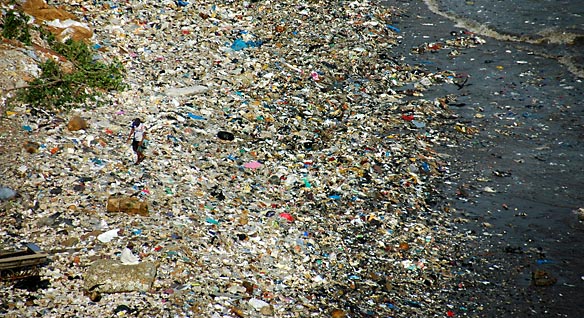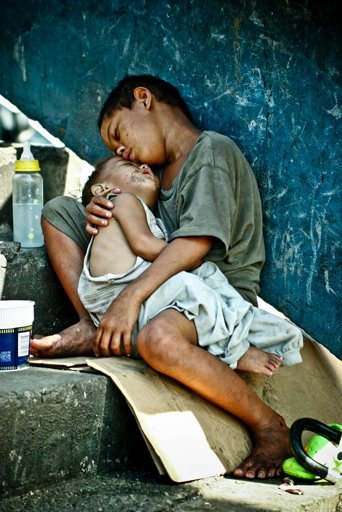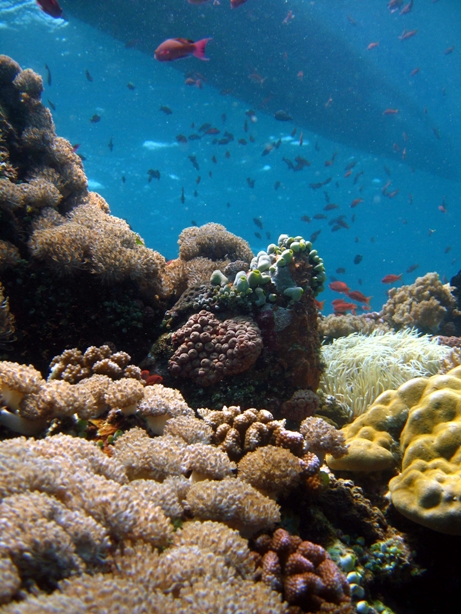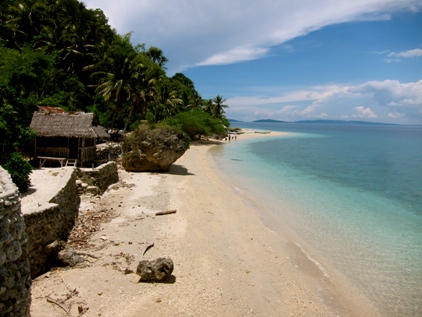At least, not in the case of Tommy Soderstrom and Allan Nash, but let me explain.
My Name is Terry Llewellyn and for some while I have been sitting on my bum in the UK working on the Asia Divers web site and wishing I was once again in the Philippines.
Tommy and Allan are about to embark on a monstrous undertaking in the name of two charities and with all the organizing and preparations going on here we could not expect them to drop everything and write blogs for us, so I have taken it on myself to try and explain what is happening and why and the progress being made.
Being an outsider here, I can tell you things which Allan and Tommy would not. These two have taken $30,000 of their own companies money and are spending it doing a trip right round the coast of Australia to raise money for PADI Projectaware and the Springboard Foundation. The PADI project is to make people realize that we are killing our oceans.
For instance, there is a section of the Northern Pacific where the submerged rubbish is lumped together in a gigantic clump Size estimates vary with some saying twice the size of Texas . Others say that is an over estimation but nobody disputes that it is at least the size of Texas. The clump starts off Hawaii and finishes up off the Northern coast of Japan.
This clump whilst enormous in size is invisible to satellites because the clump is largely composed of degrading plastics just beneath the surface of the water. It is however very visible in places as you will see in this picture.
Look carefully and you will see a man actually walking on the rubbish and a second man sitting on it.
Unfortunately this is a problem not just in the Pacific, but there is a similar though smaller rubbish clump in the North Atlantic.
There is a very good but short blog at this URL which if I had my way, every person on the planet would read. Pacific Rubbish Vortex
You can imagine the hazard to shipping, but the danger to ocean life is devastating and is killing large amounts of fish, turtles and other marine life.
The other charity which Tommy and Allan are working for is concerned with saving street children in the Philippines and for many years this charity has been quietly housing, feeding and educating hundreds of children in probably the only safe environment these children have ever known.
If you ever saw ‘Slumdog Millionaire’ you could be for thinking this was pure fiction. The author may have been intended it as such but lots of homeless children in the Philippines are living lives very similar to Slumdog.
You can see the kind of valuable do by clicking on the picture here, but be sure to have a hankie at the ready. There is a movie on the page that most will shed a tear for.
It is not until we see things like this we realize just how lucky we are.
Tomorrow, I will write more and tell you the companies that are sponsoring the trip for the charities named as well as just what Allan and Tommy are going to do during this monster bike ride.



 With over 250 dives on the Verde Island pinnacle or San Agapito, as it is called locally, I can still feel like a Verde virgin every time I drop into the pristine turquoise water. My body is encompassed and wrapped in a luscious blanket of warmth, which is teeming with abundant fish life and creatures beyond imagination. Some days I still have to pinch myself to make sure that I am really experiencing all of this. And this is all in a day’s work…
With over 250 dives on the Verde Island pinnacle or San Agapito, as it is called locally, I can still feel like a Verde virgin every time I drop into the pristine turquoise water. My body is encompassed and wrapped in a luscious blanket of warmth, which is teeming with abundant fish life and creatures beyond imagination. Some days I still have to pinch myself to make sure that I am really experiencing all of this. And this is all in a day’s work…
